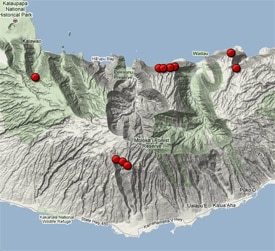World 🢖 Australia and Oceania 🢖 Polynesia 🢖 United States 🢖 Hawaii 🢖 Moloka’i
Waterfalls 🢔 Geological wonders 🢔 Categories of wonders
Wonder
Hipuapua Falls
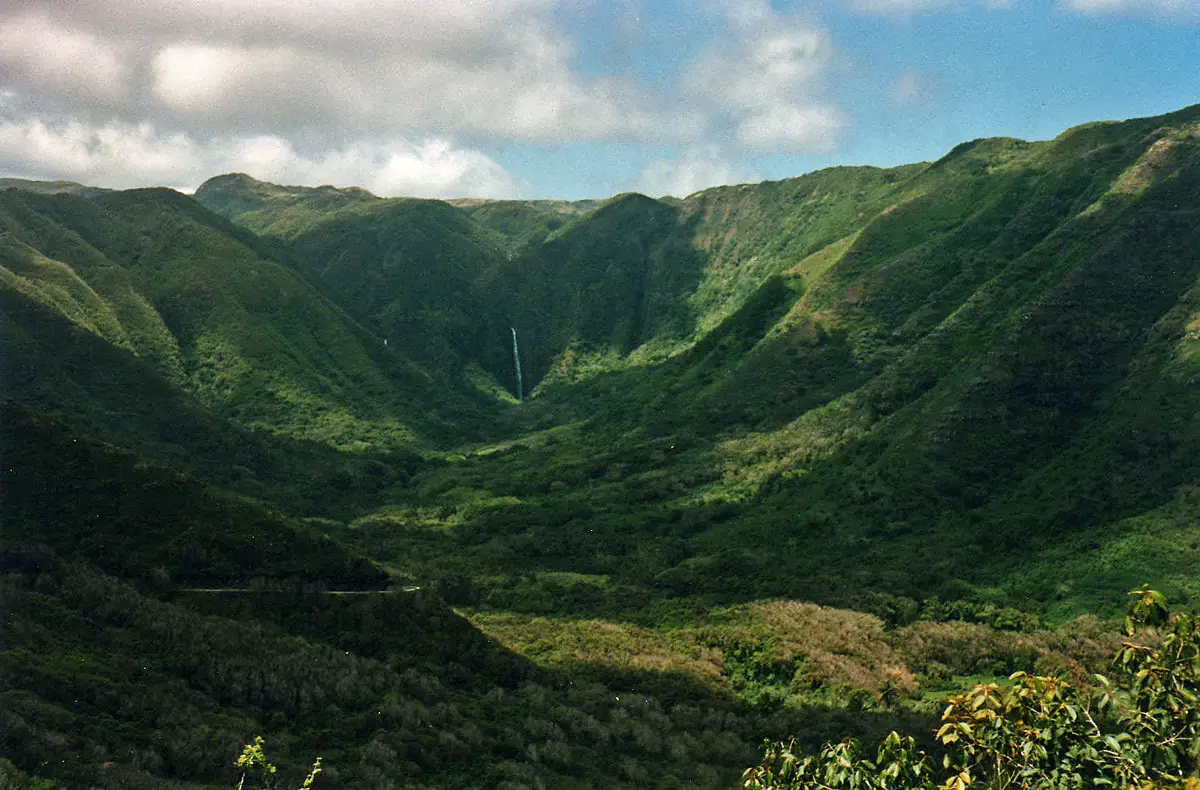
 In short
In short
The upper part of the beautiful Hipuapua Valley is adorned with two large, high waterfalls. The highest of the two are Hipuapua Falls (152 – 160 m), just some 300 m away are the legendary Moa’ula Falls (more than 76 m).
 39.8%
39.8%
GPS coordinates
Location, address
Alternate names
Height
Map of the site
If you see this after your page is loaded completely, leafletJS files are missing.
 In detail
In detail
Description
Hipuapua falls are easily seen from Highway 450. Walk to the waterfall takes approximately one and a half hours in one direction. It is advised to unite it with a walk to the nearby Moa’ula Falls. Hipuapua Falls is somewhat harder to access than Moa’ula, but more impressive.
Falls have formed on the Hipuapua stream and are perennial. From the distance, they look like a narrow ribbon but as one approaches the base of the falls, turns out that there is a fairly wide river thundering down along the basalt cliff.
Falls have one main drop – some 152 – 160 m tall (estimates differ in different sources). For the most part, there is no free fall of water, it flows along the steep cliff. Below the falls there has formed a rather large pool.
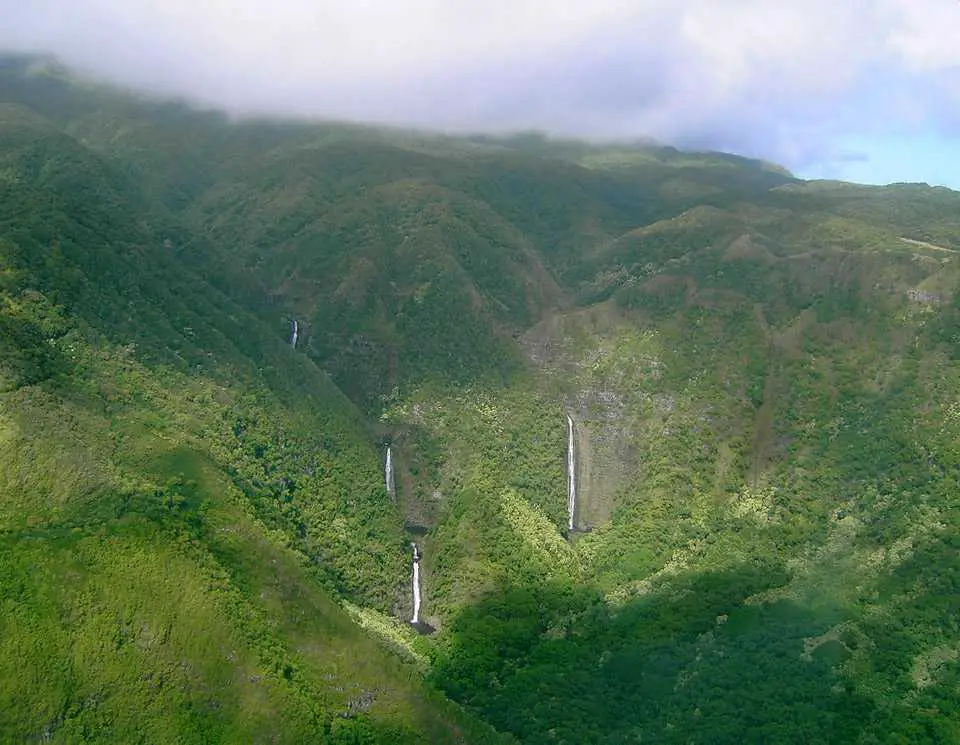
Rich history
The beautiful Halawa Valley is one of the first areas to be inhabited in Hawaii. Settlers from the Marquesas Islands came here around the 7th century AD. The fertile valley experienced a boom of the population – it was densely inhabited and the main foodstuff was locally grown taro. Unfortunately, this beautiful valley experienced much warfare.
With the arrival of Europeans the life of native Hawaiians changed. The last blow to the traditional lifestyle though came in the middle of the 20th century, when powerful tsunamis covered the valley with sea salt in 1946 and 1957. Taro fields were not fertile anymore and most people left for cities.
Nowadays in the valley there live few families – but otherwise, the valley looks pristine and primeval. A walk through the valley though reveals signs of the past: it leads along with the ancient temples – heiau – some as large as a football field.
Private property
Walk to the beautiful waterfalls inevitably leads through private properties. Naturally, locals are not too happy to see endless lines of tourists passing there and back through the peaceful valley. In fact – not so peaceful – there is frequent noise pollution coming from other tourists flying around with helicopters.
Sadly – this is the price for living in an extremely beautiful place.
Tourists walking to the falls are kindly advised to take local guides (in fact – not so cheap!).
References
- Hipuapua Falls. World Waterfall Database.
- Hipuapua Falls. HawaiiWeb.com.
- Hipuapua Falls. World of Waterfalls. Accessed on June 7, 2010
Hipuapua Falls are included in the following article:
 Linked articles
Linked articles
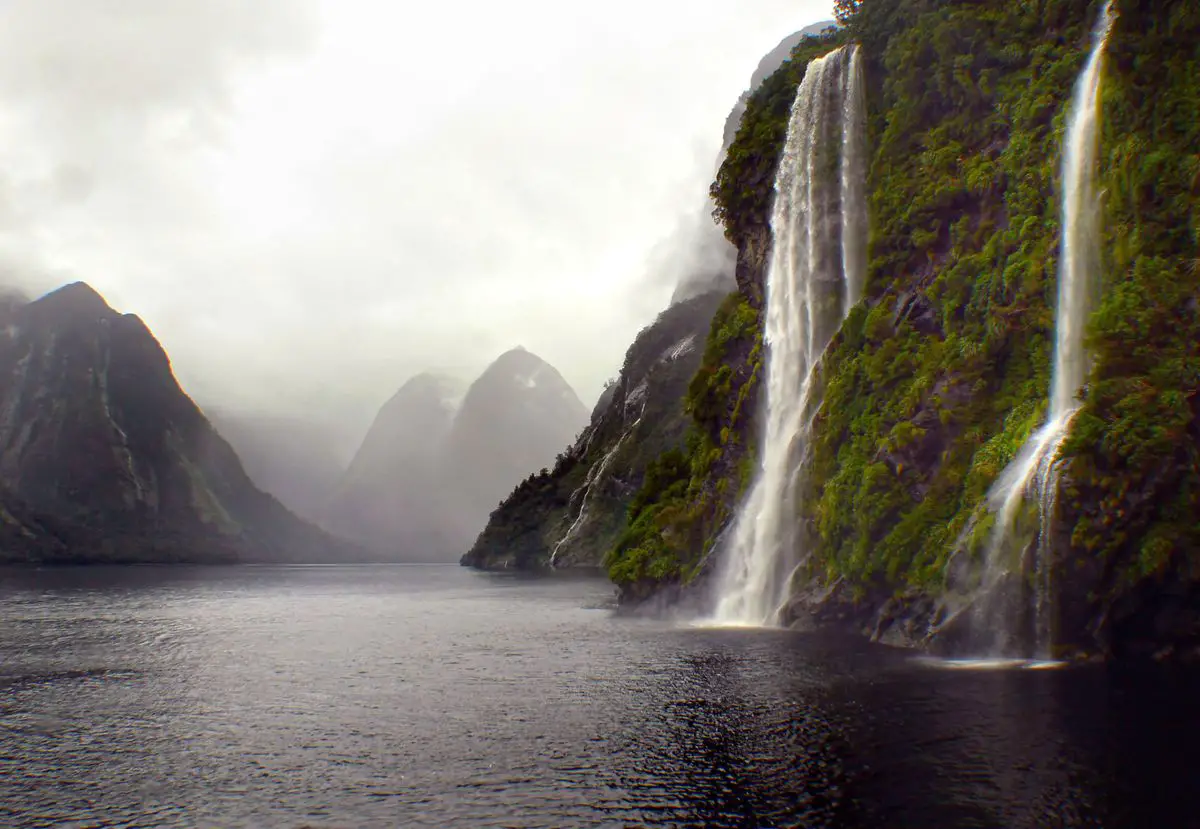
Wonders of Polynesia
Although the landmass of Polynesia is small, the charm and special beauty of this region are some of the most impressive on our planet. These islands are endowed with lush and beautiful nature, with warm oceans and friendly people representing a distinct culture. Polynesia is very rich in both natural and cultural landmarks and many of them are unique.
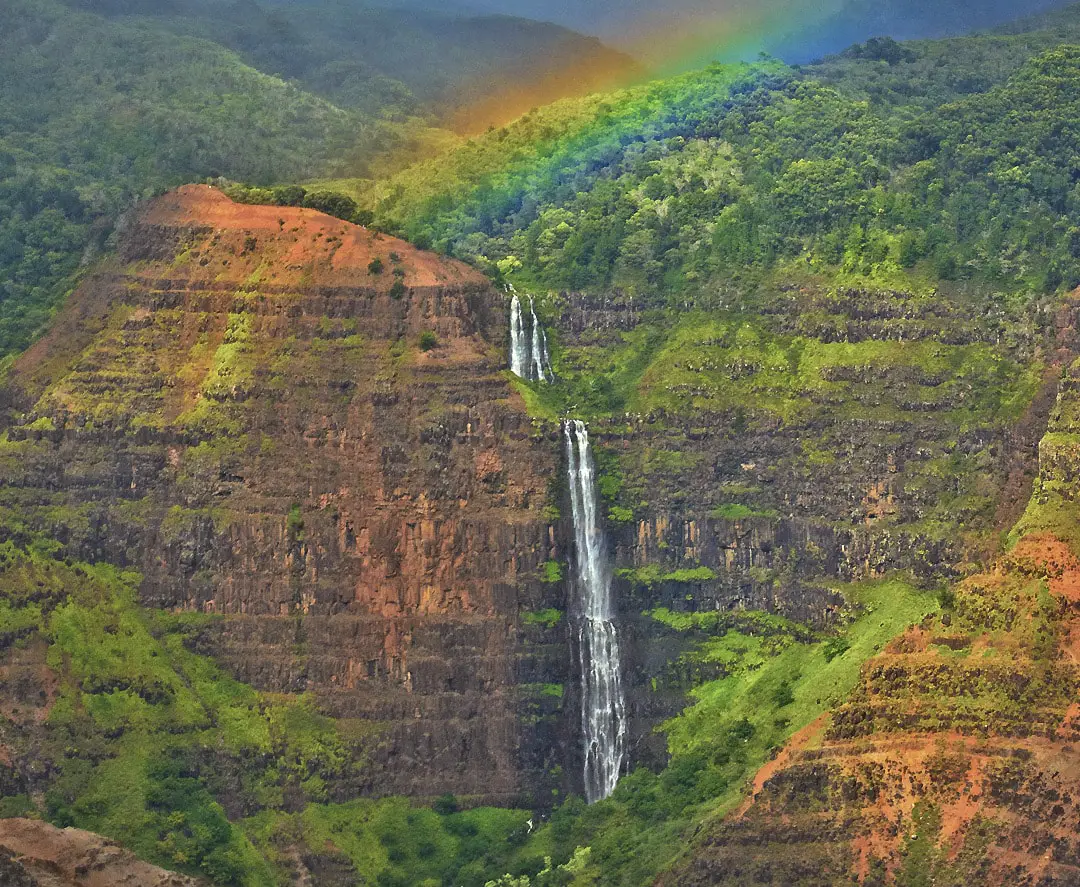
Wonders of Hawaii
The Hawaiian Islands belong to the most remote islands in the world. Hawaii is characterized by a tropical climate, mountainous relief, volcanism, and isolation. If compared to most islands in the Pacific, several Hawaiian Islands have comparatively large landmasses. All these factors have led to the development of numerous impressive and unique natural attractions and some impressive monuments of culture.
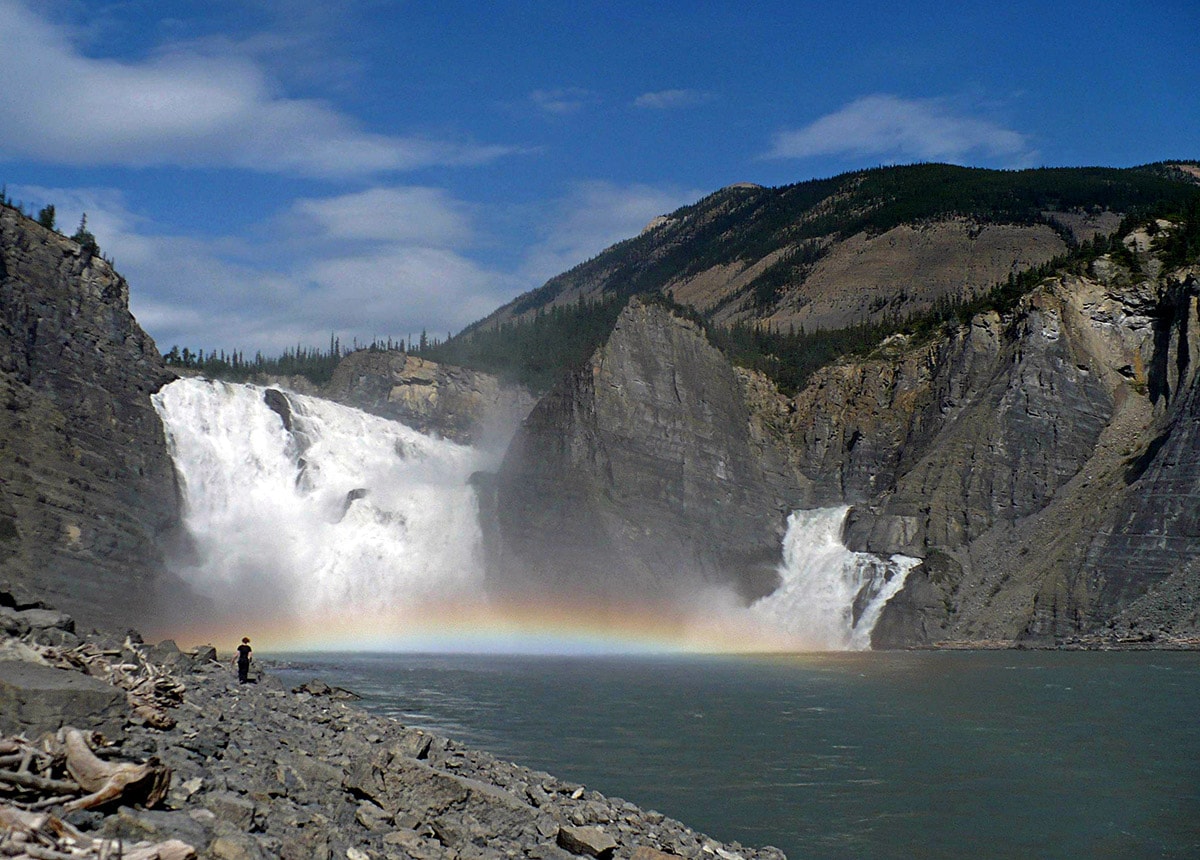
Waterfalls
Some of the most fascinating and awe-inspiring natural monuments are waterfalls or locations where a river abruptly changes its elevation.
 Recommended books
Recommended books
Ancient Sites of Maui, Molokai and Lanai
This informative and easy-to-follow guidebook makes the ancient sites of Maui, Molokai, and Lanai available to the general public for the first time. Grouping the sites by location, the book characterizes the cultural background of five main types of sites: heiau (temples), pohaku (sacred stones), petroglyphs, caves, and fishponds.

